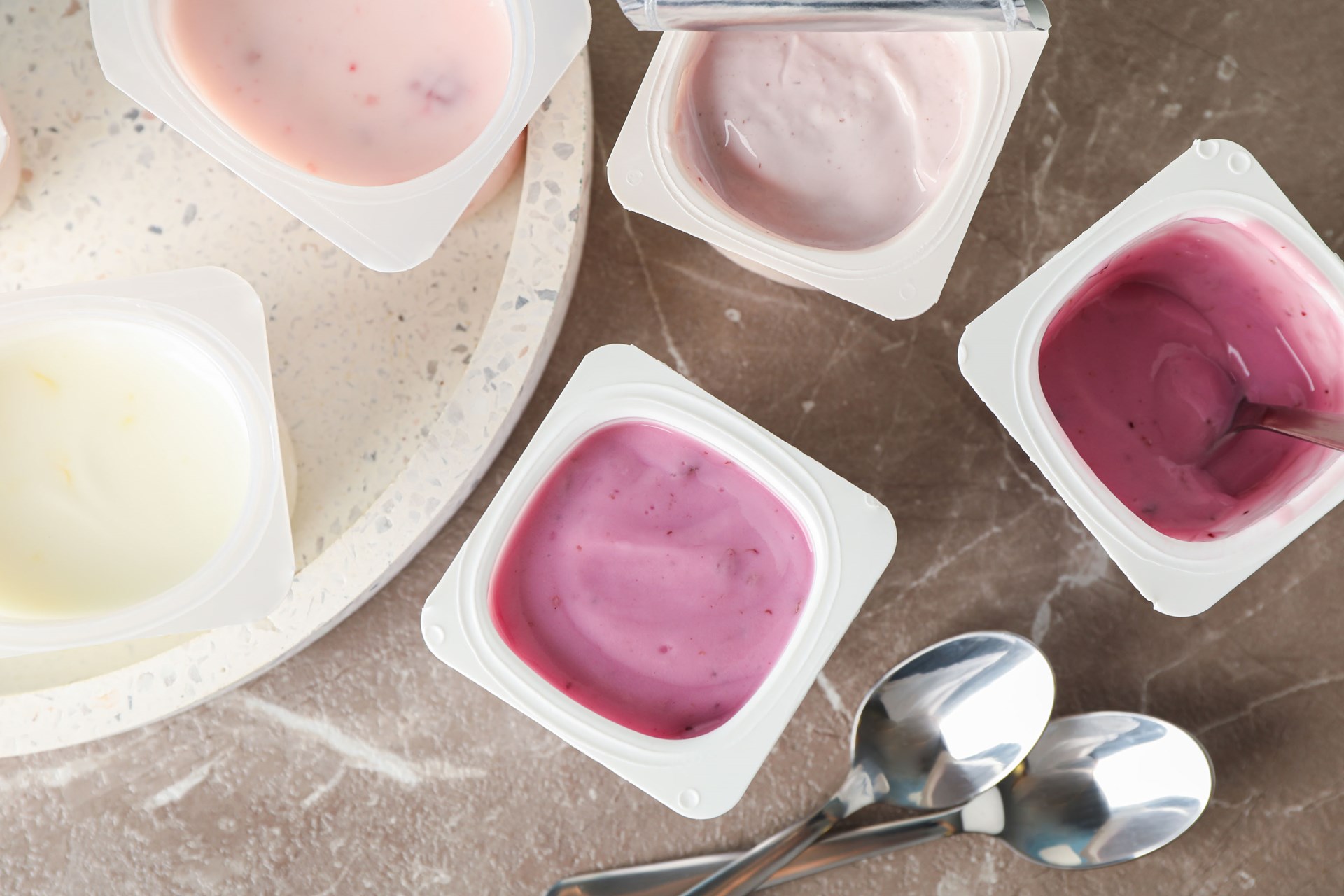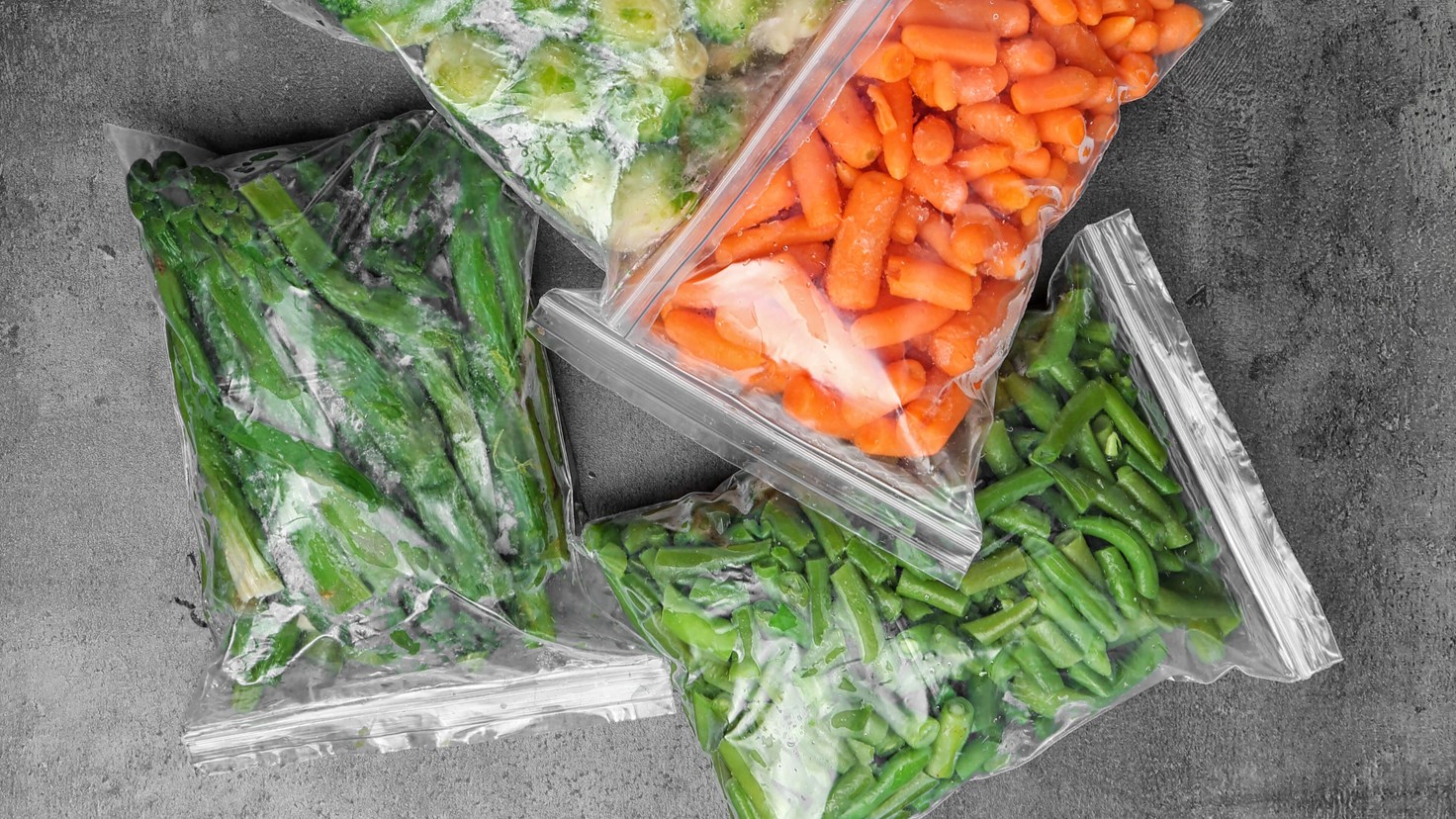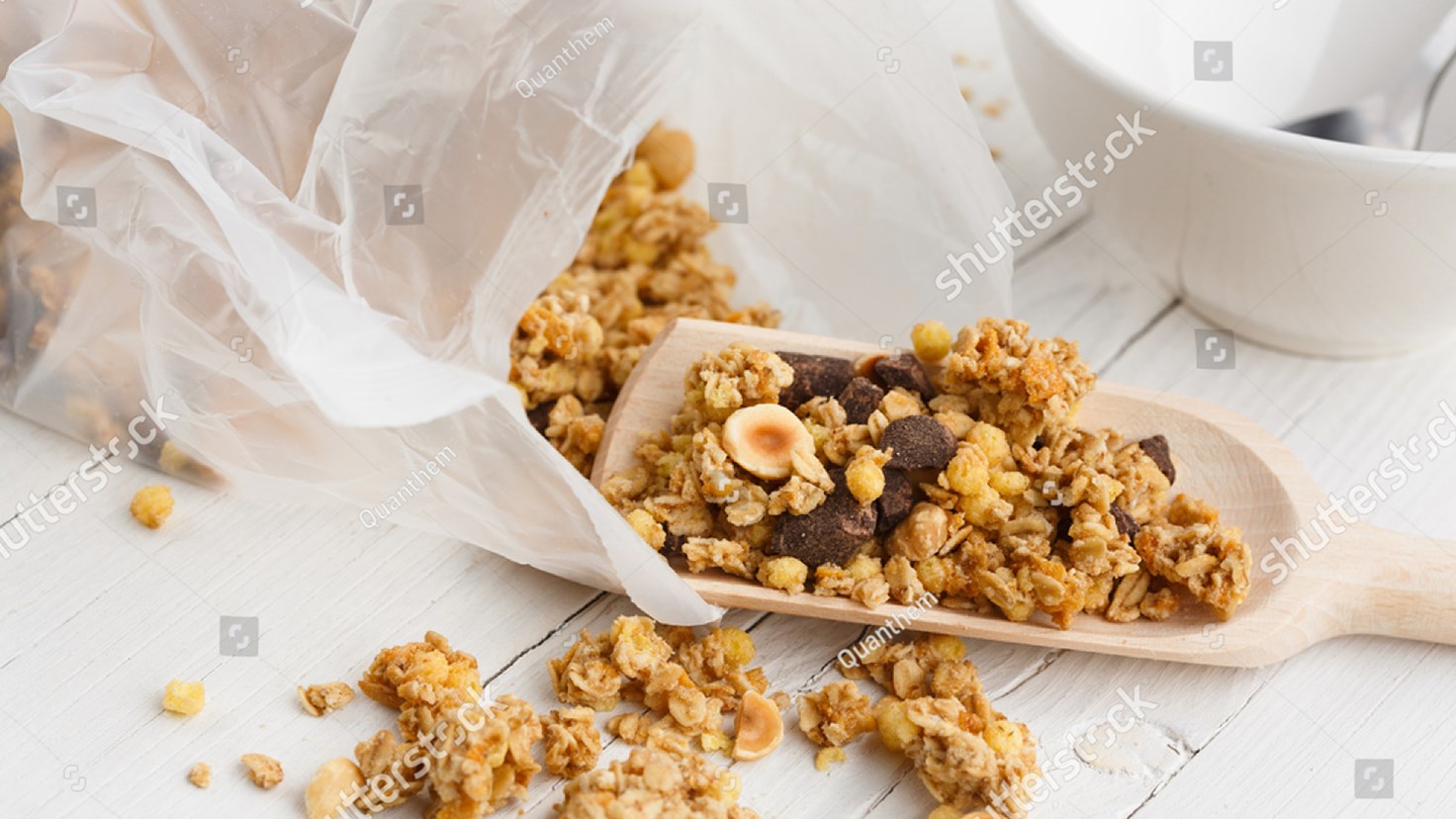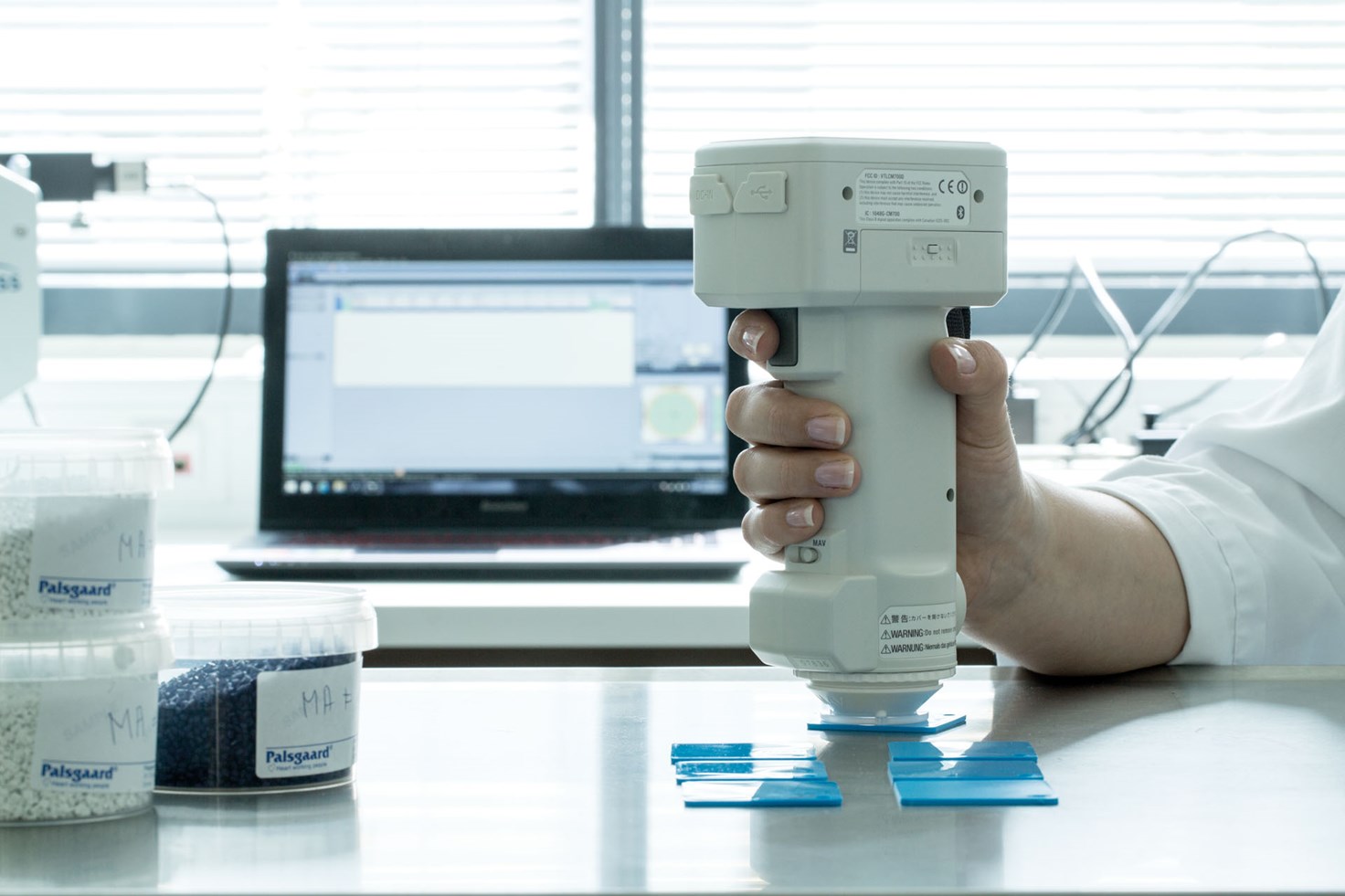Maintaining a clear view
Various types of polyethylene (PE) films are used in food packaging. But to create a more appealing presentation of the product and avoid adverse effects on food quality or freshness, the films need to be modified to prevent the formation of water droplets on the under surface.
When adding plant-based anti-fogging additives, the anti-fog will migrate to the polymer’s under surface and lower its surface tension, resulting in water no longer condensing as small, discrete droplets but as a continuous film of water. This will not only make the packaging more transparent but also prevent the collection of moisture, protecting product quality and extending shelf-life.







